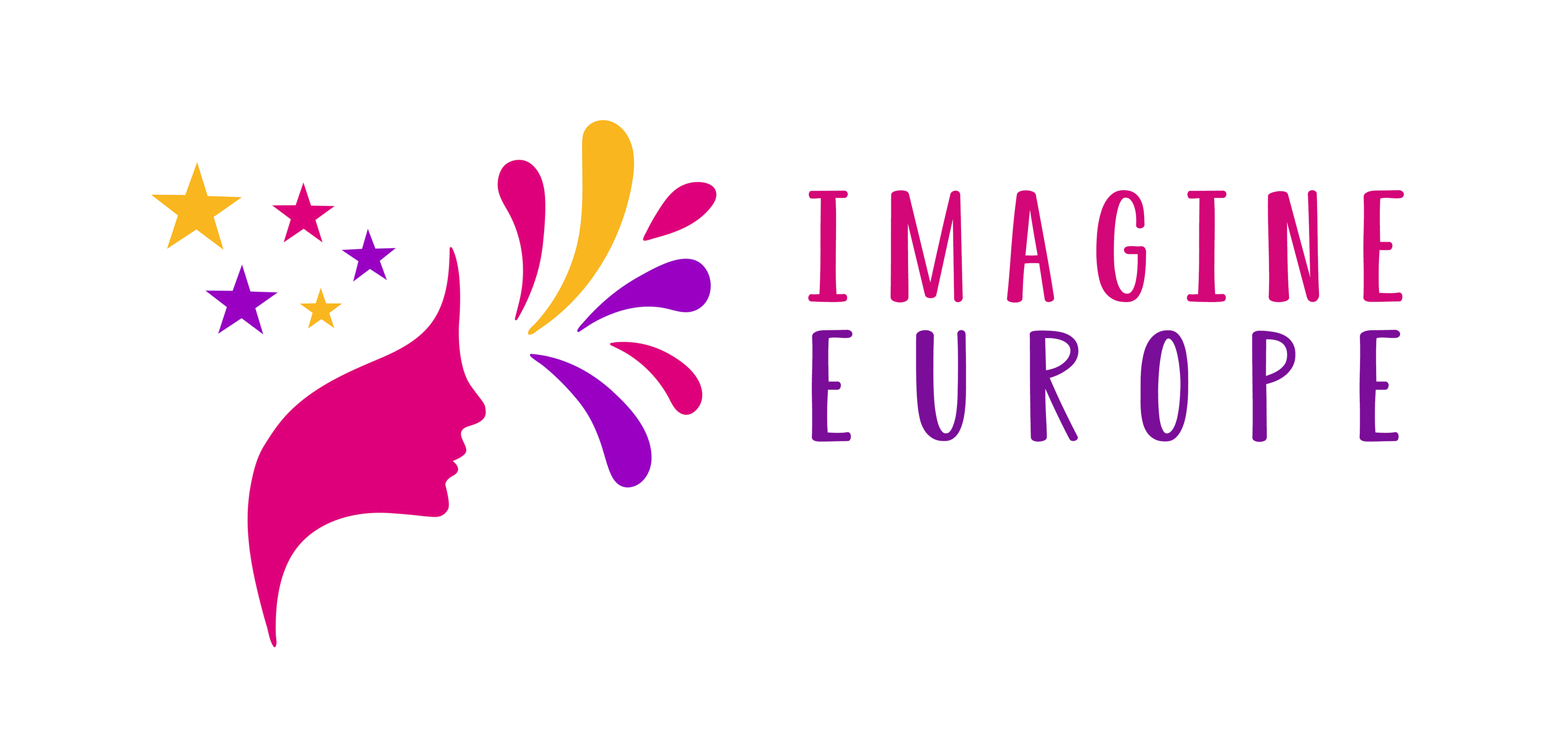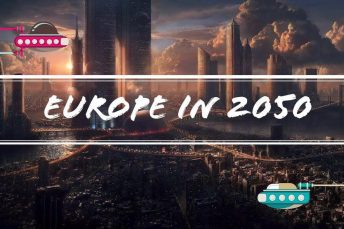My vision for Europe in 2050 is essentially a federalist one, meaning that the 28 states that make up the Union today will, by then, be fully integrated into a federal or federation-like supra-structure like the United States of Europe. There are very few areas that won’t be touched by this change. Already, the EU has improved and altered so many facets of our lives. We can freely travel and reside anywhere in the Union, and that will remain the basis of the EU in 2050, except the divides between one country and another won’t be as visible. You will have Frenchmen serving as mayors in Romania, Polish students following courses in Polish in Germany, Hungarian lawyers representing Spanish defendants before a Belgian court, Greek food served everywhere, Danish businessmen kicking-off their companies in Estonia, Irish artists taking over the Western Balkans and Italian wines being grown in Slovenia. The Europe of the future won’t be one of borders or fences, but one of mutual recognition and amalgamation. That includes the North-African and Middle-Eastern migrants that will come to supplant an aging population, revitalizing and becoming part of the nation of Europe. Already, the EU has improved democratic standards and the rule of law in Eastern Europe by holding each state to a higher standard. By 2050, this region, for long seen as the outskirts of Europe, will shed its communist past and be populated primarily by people who were born in the EU, as opposed to those who first saw the light of day behind the Iron Curtain. This change in mentality will prompt more transparency, more participation, good governance and entrepreneurship in the region. Living in the United States of Europe will seem as natural to them as it is for those born in Iowa to be part of the United States of America. It is from young Eastern Europeans that the EU will find its next leaders. Internationally, the EU will become a beacon of liberal democracy and free trade, holding up the two-state solution in Israel and Palestine and keeping Iran denuclearized. The United States will remain the closest ally of the New Europe, but its say will be limited, and NATO will slowly fade away, replaced by a European Army. Ever since it was founded and at every step of the way, the European Union was faced with challenges and crises. But it did not dismantle. It did not fail. It did not recede into theory. Instead, it was made real by everyday Europeans. That is how we made it until 2019 and that’s how we’ll progress up to and beyond 2050.





Add comment